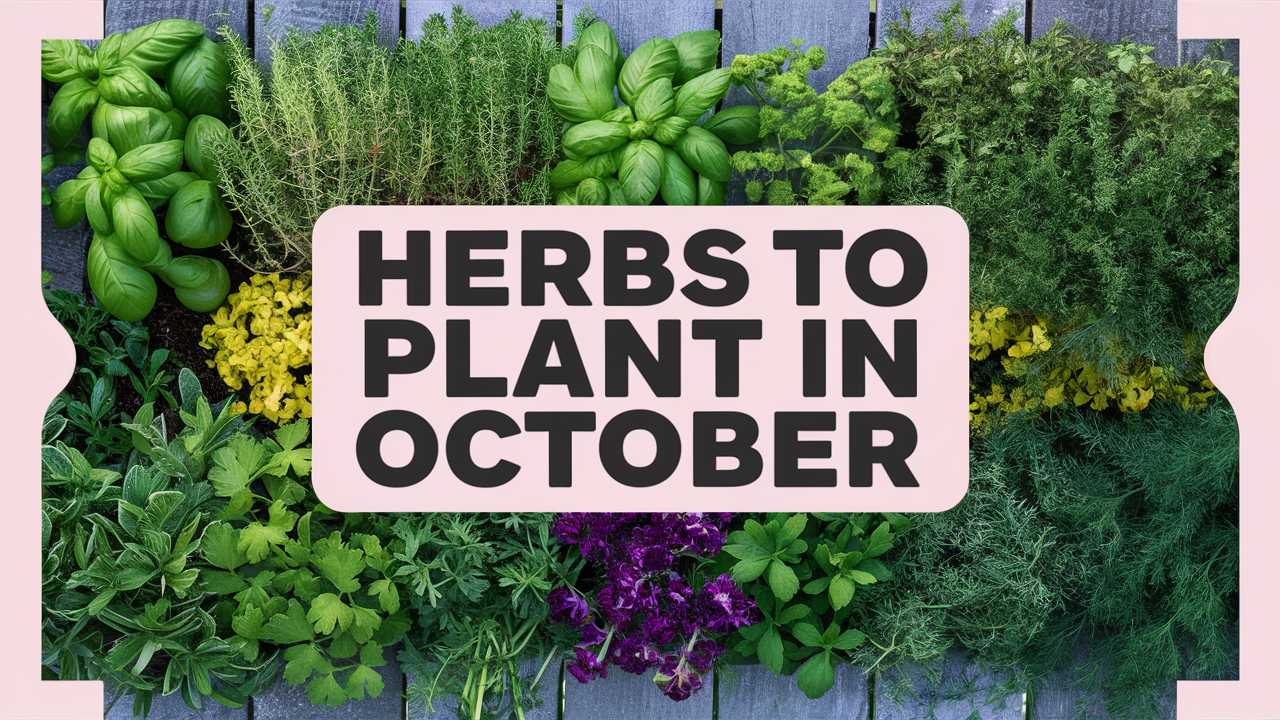As the crispness of autumn settles in, October presents a unique opportunity for gardening enthusiasts and home cooks alike. With the right selections, fall can turn into a fruitful transition for the herbs you grow. October is not just a time for harvesting; it’s also perfect for planting certain herbs that will provide flavor, nutrition, and delight in the colder months and promise a vibrant start to spring.
The Benefits of Fall Herb Planting
Planting herbs in October has several advantages. First, the cooler weather means reduced stress on young plants, allowing them to establish roots without the scorching heat of summer. Additionally, many herbs thrive in mild conditions, and fall offers ideal growing temperatures. Last, the herbs planted during this time can result in an early harvest come spring, setting the stage for a bountiful gardening season.
Rosemary
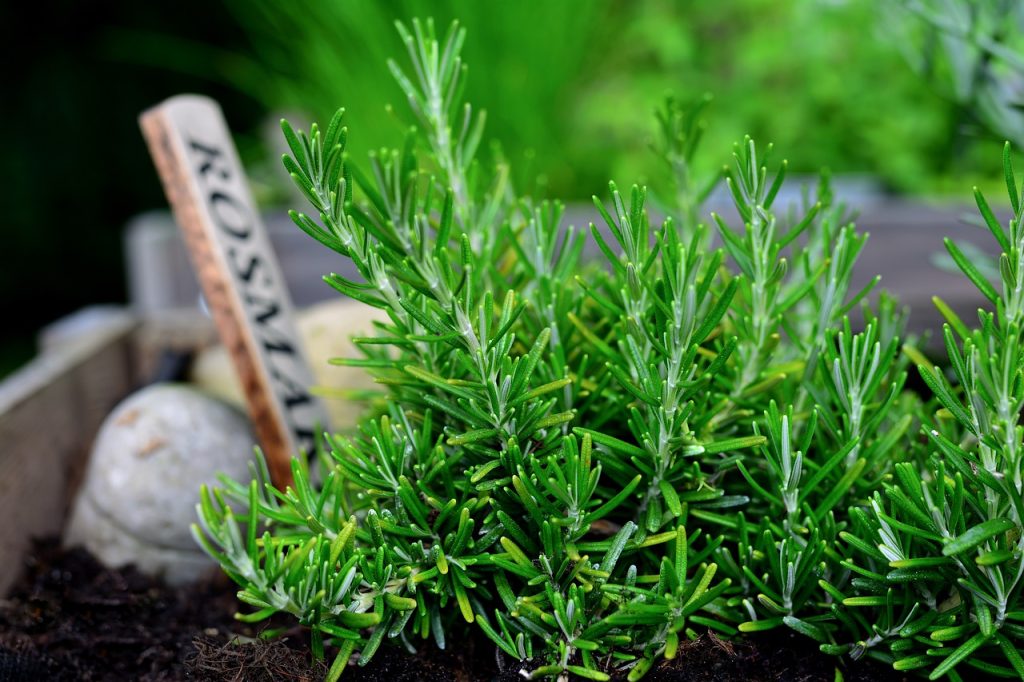
This Mediterranean favorite is a perennial that can thrive in cooler weather. Rosemary is not only hardy but also a stunning addition to any herb garden with its needle-like leaves and attractive blue flowers. When planted in October, rosemary establishes well and can be used in hearty winter dishes, making it perfect for stews and roasts. Just remember to plant it in well-draining soil and ensure it gets full sunlight!
Thyme
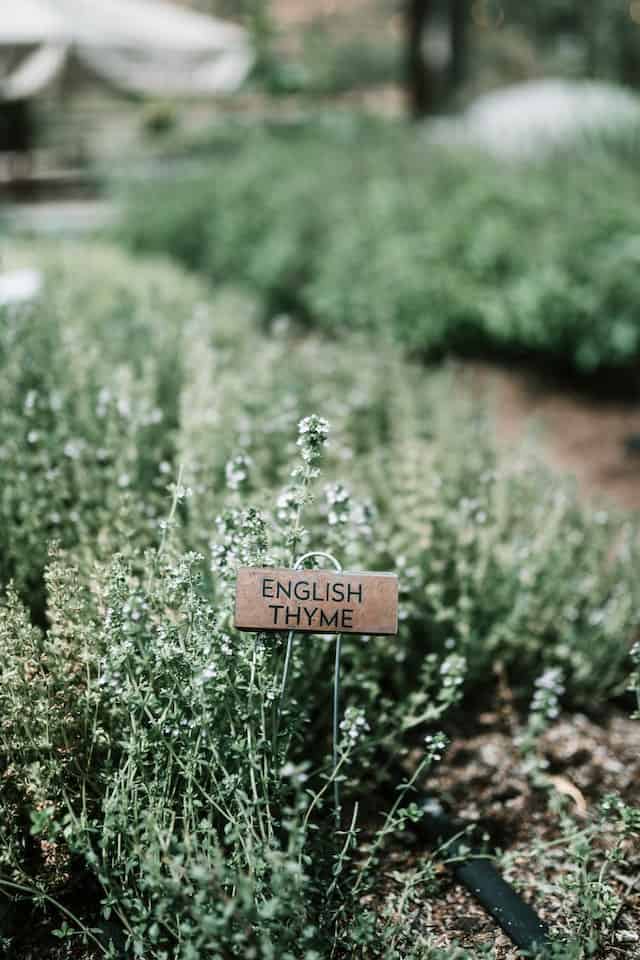
Thyme, a versatile herb known for its aromatic leaves, is well-suited for planting during October. This perennial herb does particularly well in cooler climates, where it can survive mild frost. Known for its culinary uses in Mediterranean cuisine, thyme can be grown as a ground cover, adding not only function but beauty to your garden. It pairs well with lamb, chicken, and vegetable dishes, making it an essential herb for your winter cooking.
Oregano
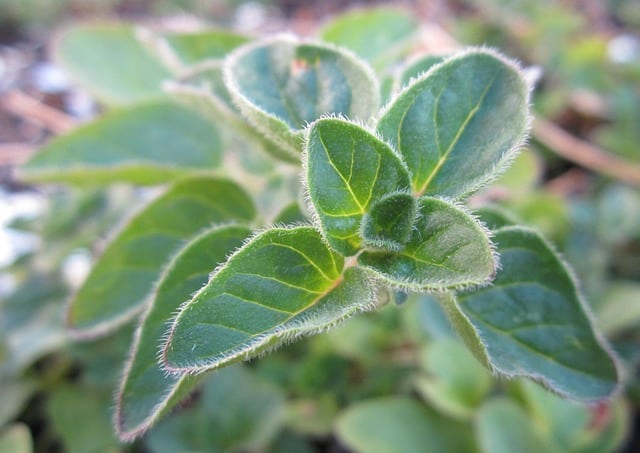
October is an excellent time to plant oregano, a hardy herb that thrives in cool weather. It’s often used in Italian and Greek cuisine, complementing dishes like pizza and pasta. Oregano’s robust flavor escalates with seasonings like garlic and olive oil. As a perennial, it will bloom beautifully in the spring, providing fresh leaves just in time for cookouts and gatherings. Plant it in dry, well-drained soil for the best results.
Sage
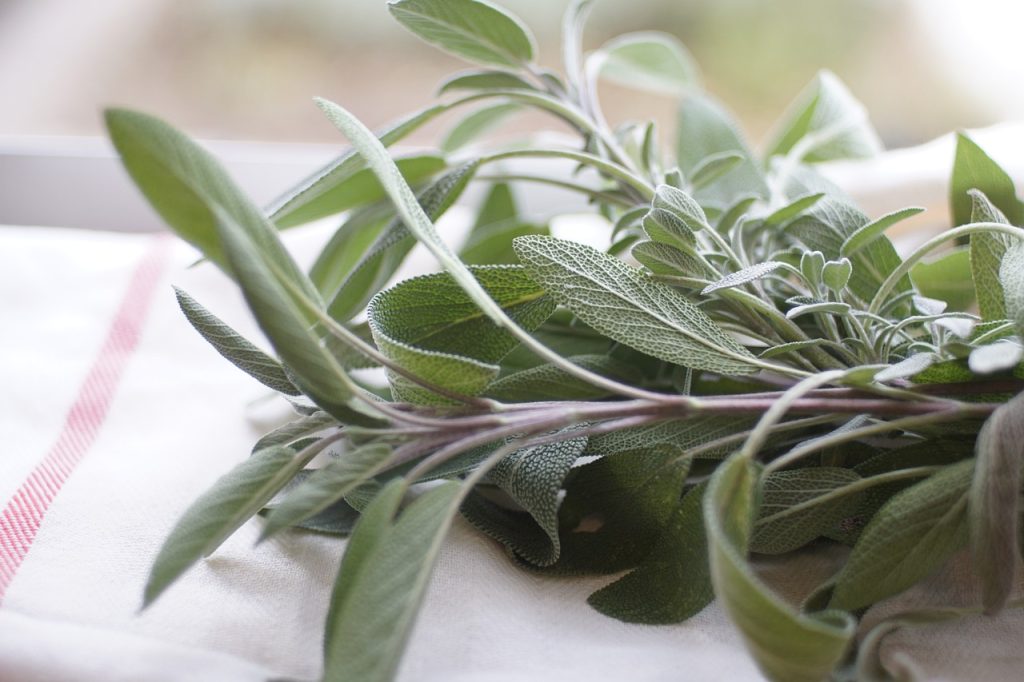
The earthy flavor of sage makes it an indispensable herb in many kitchens. Its hardiness and resistance to cold make it ideal for October planting. This fragrant herb flourishes in full sun and can be used in a myriad of dishes, such as sage butter sauces or stuffing. Sage also boasts medicinal properties, which were historically used to aid digestion and as a remedy for colds.
Chives
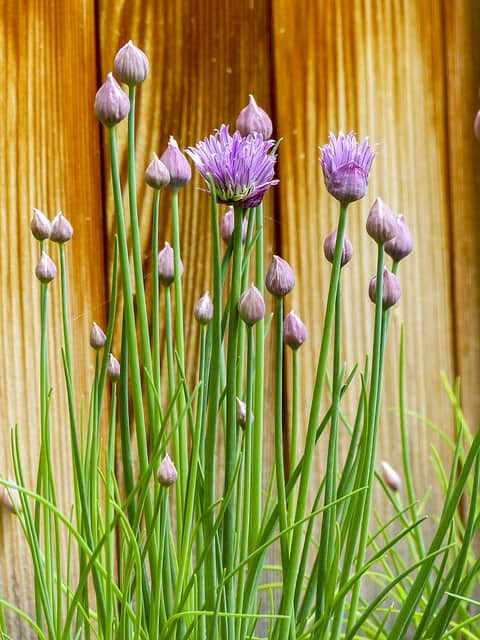
Chives can withstand the chill of October while adding a pop of color to your garden with their tall, slender green stalks. They are perennials and will continue to grow back year after year, providing fresh onion flavor for salads, soups, and garnishes. With their stunning purple blooms, chives not only serve culinary purposes but also enhance the aesthetic value of your garden, attracting pollinators in the spring.
Parsley
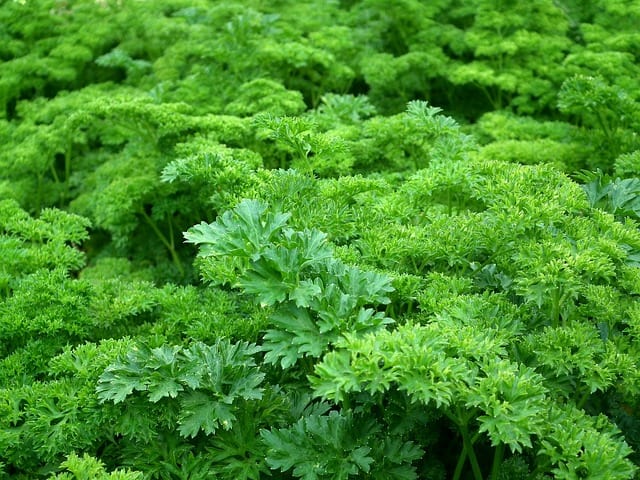
October is a great time to start parsley, commonly used as a garnish but also an outstanding flavor enhancer. This biennial herb can be grown as a winter annual in many climates. Parsley prefers well-drained soil and can last throughout the colder months. It’s rich in vitamins A, C, and K, making it a nutritious addition to soups and salads.
Cilantro
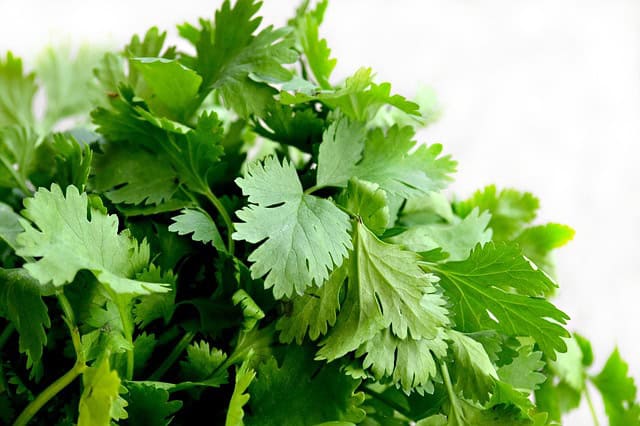
Cilantro, also known as coriander, is perfect for planting in October, especially in milder climates. This herb can be harvested in as little as three weeks, allowing for quick culinary rewards. It’s widely used in Mexican and Thai cooking, adding a fresh burst of flavor to salsas and curries. If you’d like seeds for next season, allow some of the plants to flower and go to seed.
Dill
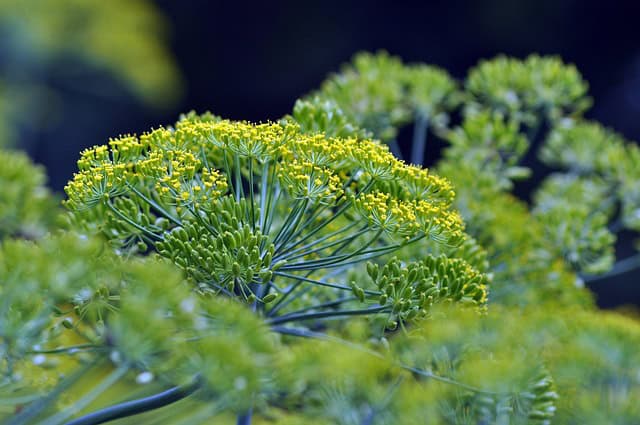
Dill is a wonderful herb for sowing in October, particularly if you’re hoping for an early spring harvest. This aromatic herb prefers cool weather and is an integral ingredient in dishes such as pickles and seafood. With its feathery fronds and unique flavor, dill can also attract beneficial insects to your garden. Give this herb a sunny spot and watch it flourish, even into the cooler months.
Mint
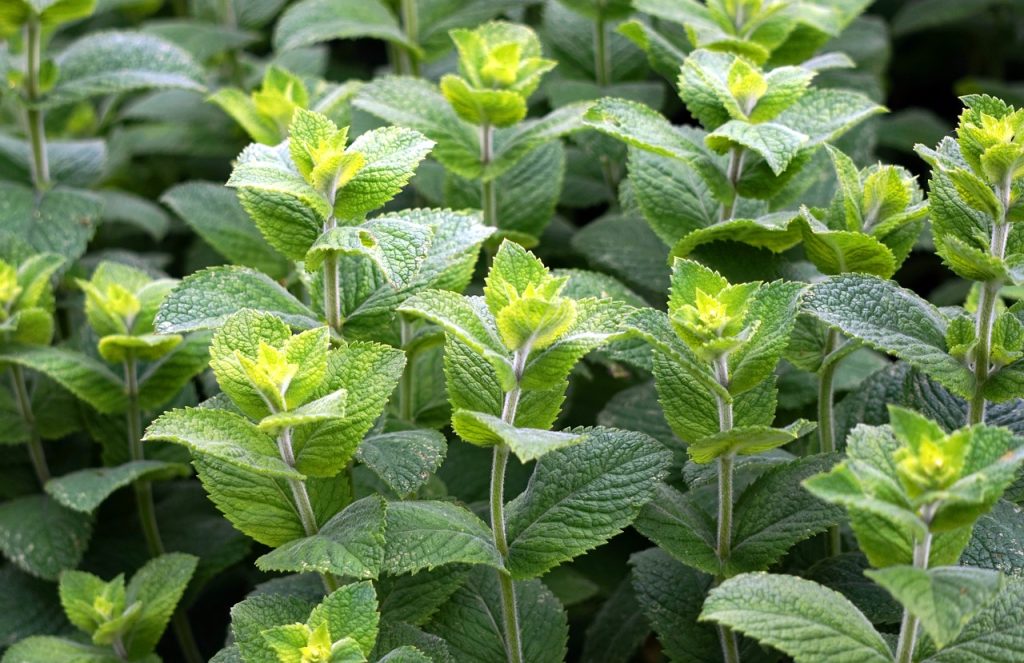
Mint may not be everyone’s first choice due to how invasive it can be, but its culinary and medicinal applications are too useful to overlook. Planting mint in October allows it to establish roots before the frost hits. It thrives in well-draining soil and can be used in a variety of dishes, beverages, and even as a natural deodorizer for your home. Plus, the fresh scent can invigorate your garden.
Fennel
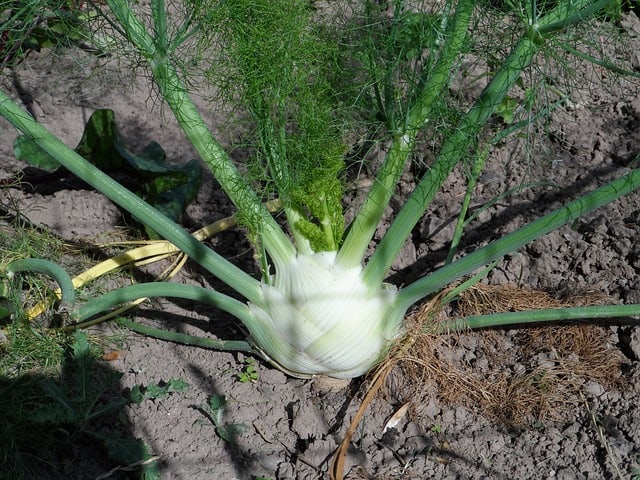
Fennel is a unique herb with a distinct anise flavor that delights many palates. Planting fennel in October allows you to harvest in the spring. This perennial herb can add depth to salads and roast dishes. Ensure you plant it in a sunny location with well-drained soil for optimal growth. Its beautiful, feathery foliage also makes it an eye-catching component in any herb garden.
Tarragon
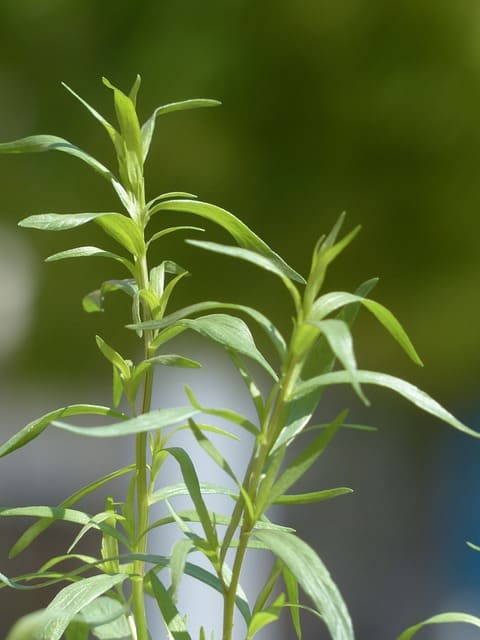
Tarragon is a herb that thrives in cool weather, making October an ideal time for planting. Often used in French cuisine, its aromatic leaves can elevate dishes like chicken or fish. Additionally, tarragon can create a delightful herbal vinegar. It thrives in sunny areas but will benefit from protection against the harsh winter winds. Come spring, you’ll enjoy fresh tarragon in your recipes.
Basil
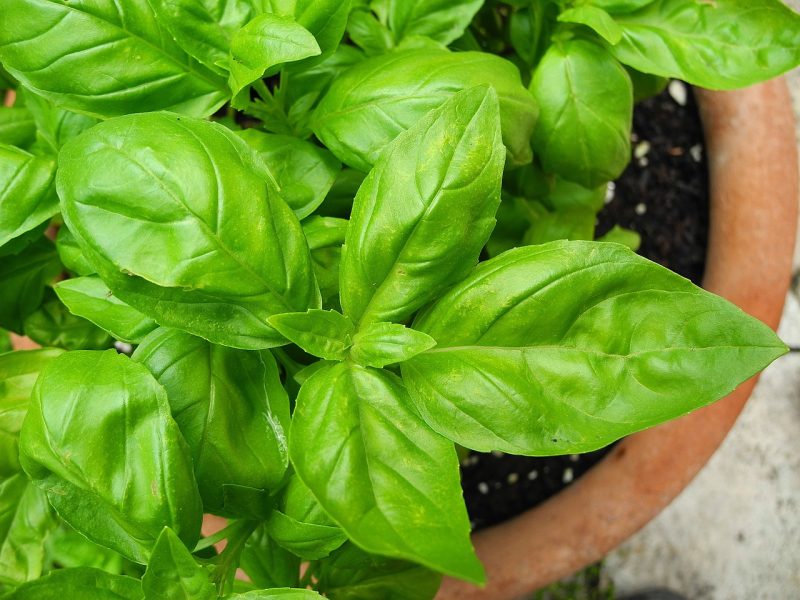
While many gardeners view basil as a summer herb, it can still thrive if planted in October in milder climates. Start indoors if temperatures in your area dip too low, allowing you to transplant later. Basil’s robust flavor complements a variety of dishes, especially Italian and Mediterranean cuisine. An essential for pesto, basil can bring some summer warmth to your fall cooking.
Lemon Balm
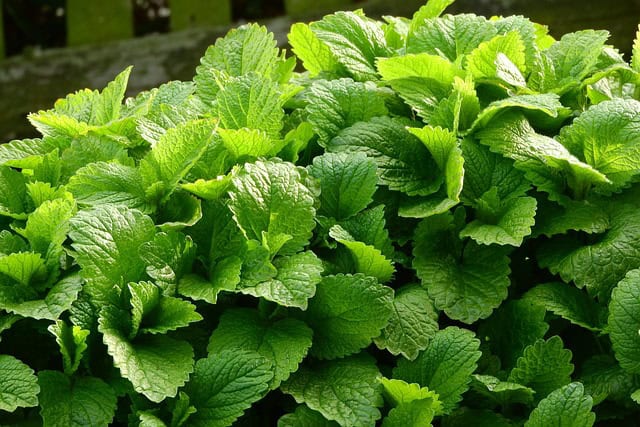
Lemon balm is another herb that can be planted in October, with its refreshing lemon-scented leaves bringing a unique zest to your garden. It’s a hardy perennial that grows well even in partial shade. Lemon balm can be brewed into tea or used in salads, giving a refreshing lift. Its growth through the fall can also bolster your garden’s herbal diversity.
Bay Laurel
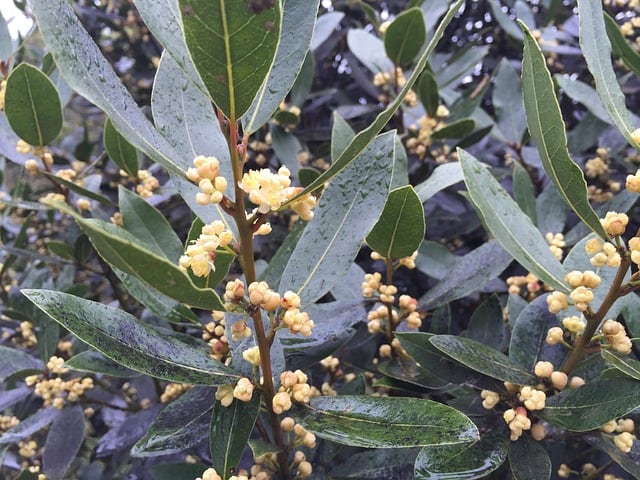
For those who have a spacious gardening area, consider planting bay laurel in October. This evergreen shrub can produce leaves that are perfect for flavoring stews, soups, and sauces. Bay laurel requires a touch of protection in harsh winters, but in return, it offers a touch of Mediterranean flair to your palate. With patience and care, your bay tree can deliver fresh leaves year-round.
Marjoram
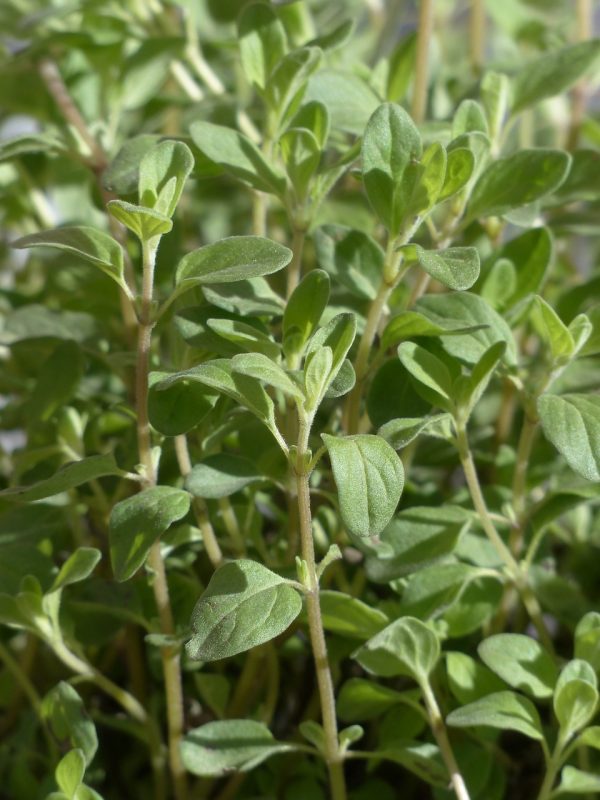
Marjoram is often grouped with oregano and is ideal for October planting. This herb flourishes in cooler weather and is commonly used in Mediterranean dishes. Marjoram has a slightly sweeter taste than oregano and is excellent in marinades or on roasted vegetables. It’s also a versatile plant that can be used as ground cover in the garden, showcasing its lush foliage.
Nasturtium
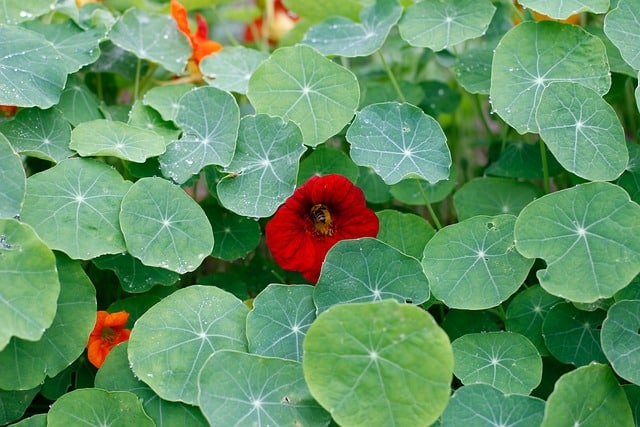
While often overlooked as a culinary herb, nasturtiums are not just beautiful but edible! Planting in October will allow you to enjoy their peppery leaves and colorful flowers next spring. They pair beautifully with salads and can also act as a trap crop, deterring pests from other plants. Nasturtiums provide a lovely visual element alongside the other herbs in your garden.
Catnip
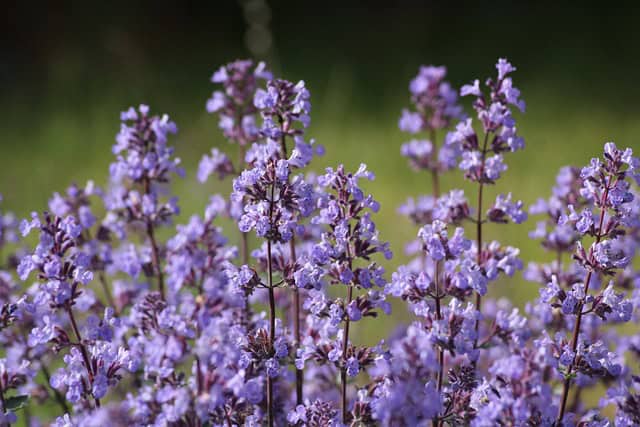
For cat owners, catnip can provide joy beyond the culinary benefits. While it’s not a traditional culinary herb, catnip can also have various health benefits, such as aiding in digestion. Additionally, it has pest-repelling qualities, making it a valuable addition to any garden. Planting in October gives it time to establish and flourish, ensuring both your feline friends and garden thrive together.
Sorrel
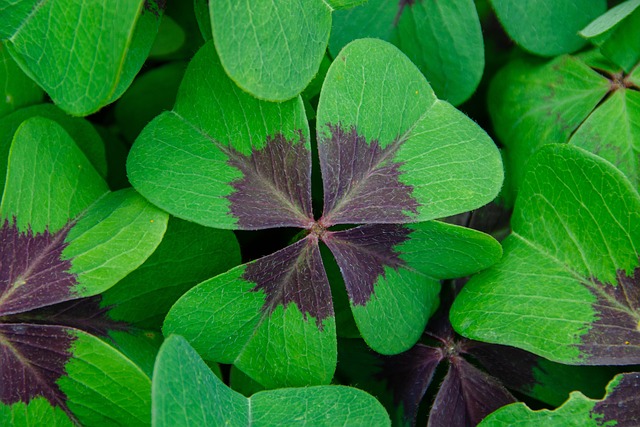
With its tart, lemony flavor, sorrel is a unique addition to an herb garden. Planting in October allows it to develop before the winter frost, making it ready for early spring harvests. This herb can enhance salads, soups, and sauces, providing a refreshing taste that balances richness in various dishes. It’s also a perennial, returning year after year with minimal care.
Chervil
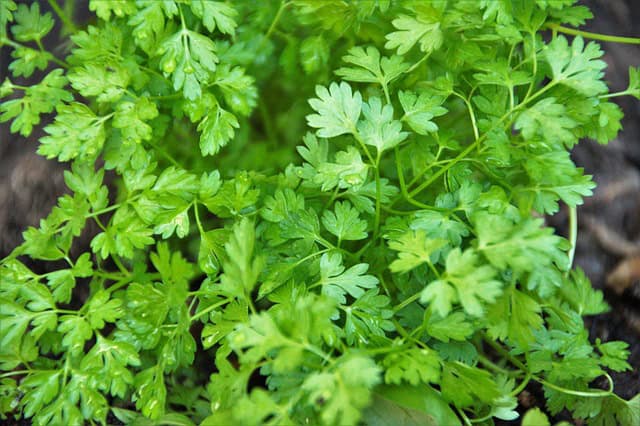
Similar in flavor to parsley with a hint of anise, chervil is a delicate herb that prefers cooler growing conditions. Planting chervil in October allows the seeds to germinate before the frost while ensuring a deliciously fresh herb for your spring cooking. It can be a delightful addition to sauces or salads, complementing dishes without overpowering them.


